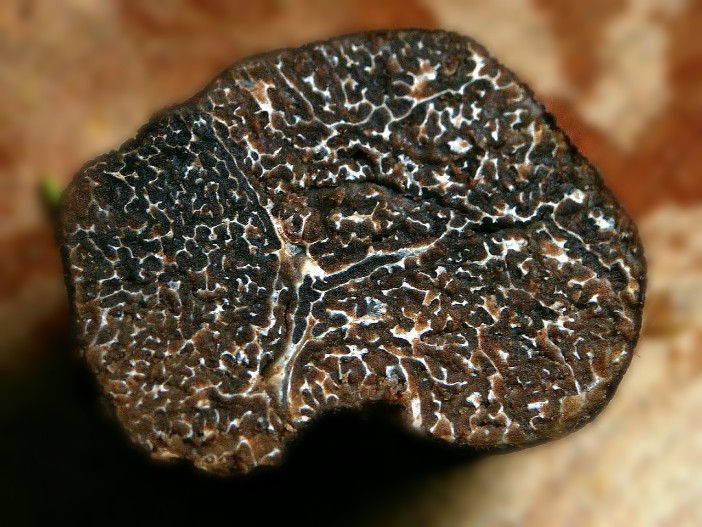
The truffle is the fruiting body of a subterranean ascomycete fungus, so it lives under the soil, opposed to the mushrooms which live in the open air. They are born in special conditions which depend on lots of factors interconnected: climate and temperature, fertility of the soil and plants with which they establish special relations of mutual exchange. Yes, because a very important factor and not widely known is the symbiosis which is created between plants and truffles at a radical level; it is formed the so-called mycorhizal symbiosis or mycorrhiza (from “micos” = fungus and “rhiza” = root), which is nothing but the formation of small ligaments between the roots of the plant and the fungus, in the underground. There is a benefit for both: the plant can bring to the fungus all the nutrients it needs (primarily sugar), while the truffle can offer water and mineral salts. It is the only way in which the truffle can develop itself. Some recent studies have also evidenced that the diversity among truffles (ex. white Alba truffle, black summer truffle etc.) is supposed to be caused by connections initiated by the spores with different plants. So they would be responsible of the different varieties of truffle.

